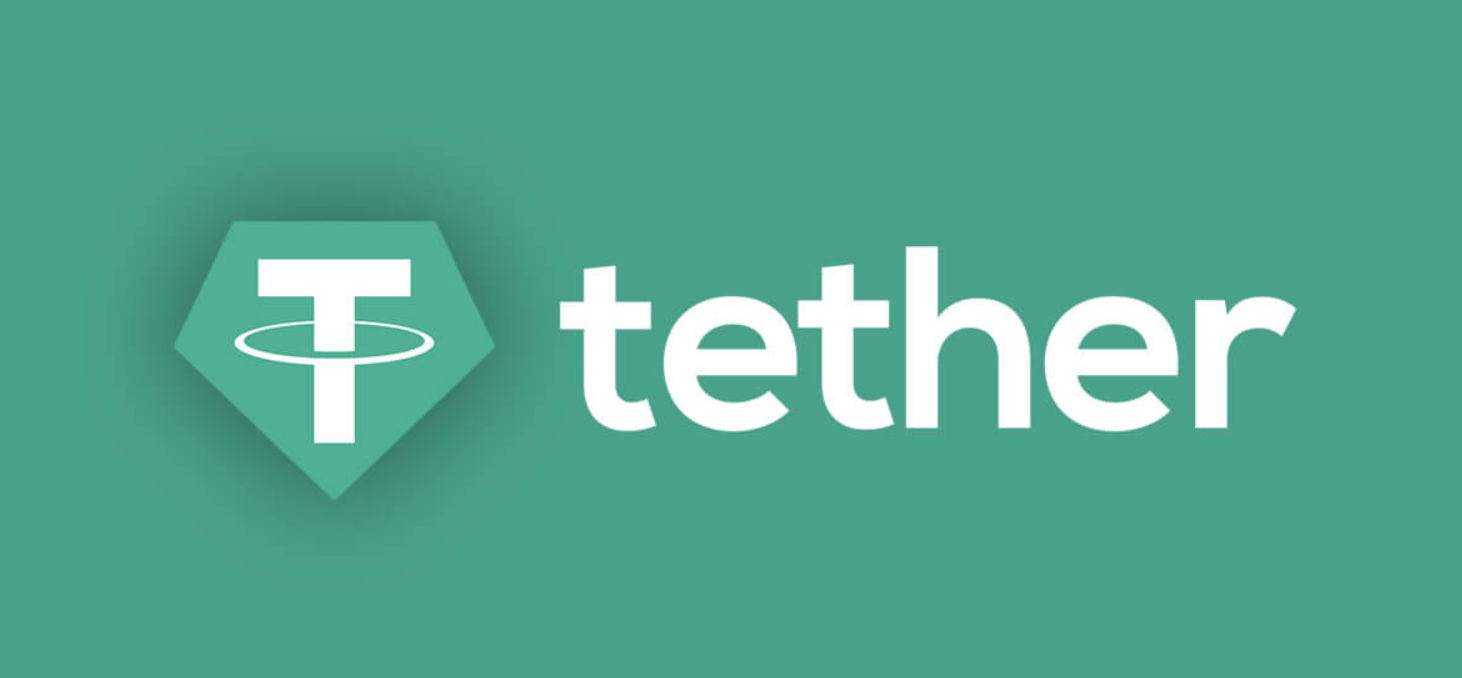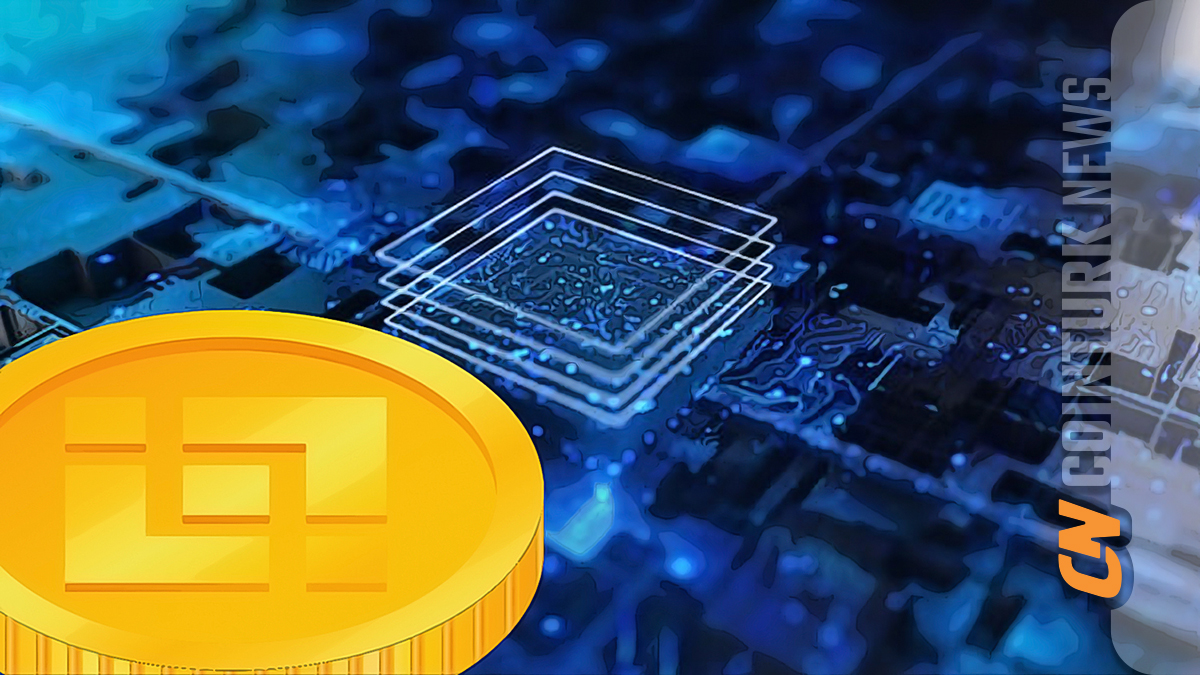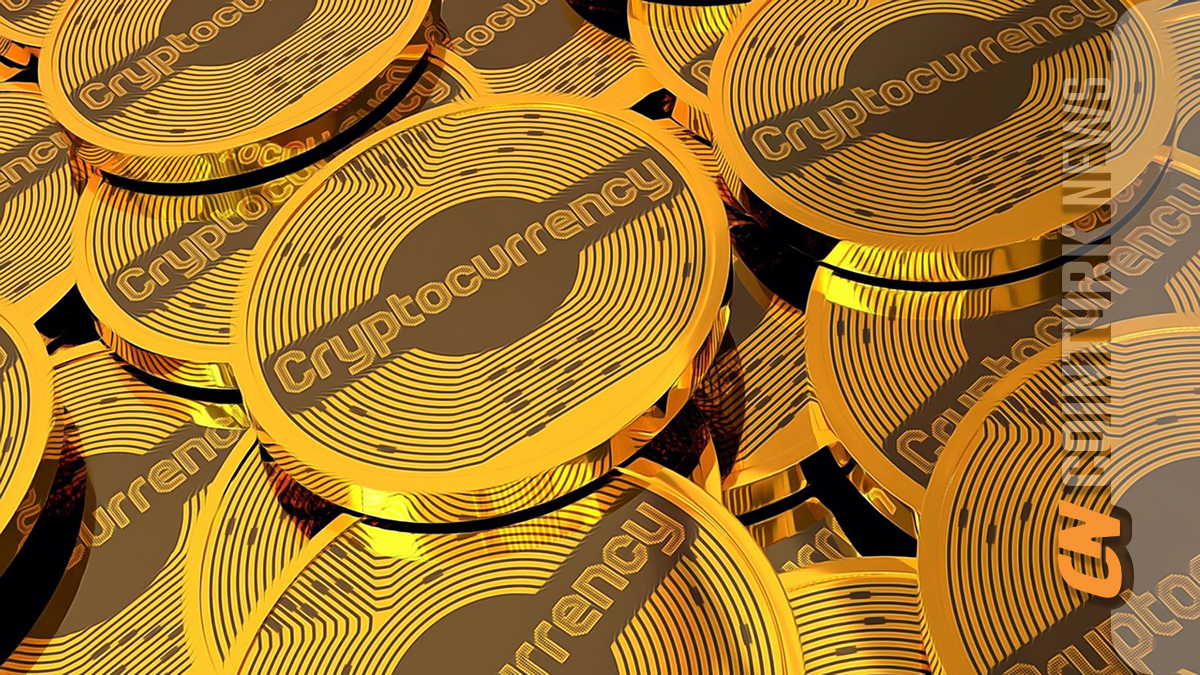The short-lived upward trend in mid-July gave way to shallow volatility. August, on the other hand, has been under the control of sellers for a few days. Investors had been complaining about shallow volatility for most of July and August. BTC, which lost its support at $28,300 last week, emerged from this boring period of shallow volatility. So, what developments affected the markets this month?
DeFi Regulation: US Senate Bill
The proposed bill aims to combat money laundering and sanctions evasion by introducing AML requirements for DeFi protocols through the 2023 Crypto Asset National Security Development Act. It also states that anyone investing more than $25 million in a DeFi protocol that is not controlled by anyone will be responsible for such AML requirements.
AML requirements include not only customer due diligence and information gathering but also the maintenance of anti-money laundering programs, reporting of suspicious activities to the government, and blocking of sanctioned individuals.
Tether (USDT)
Since July, there has been a stable and significant decrease in USDT balances on Huobi. Adamcochrans claimed that there were payment power issues with the exchange and that Huobi and Tron personnel were questioned by the police. He later claimed to have received this information from a “verified senior executive at Tron.” Cochran attributed the significant sale of USDT by a wallet funded by Binance on August 4th to this police interrogation incident he mentioned.

Peckshield later claimed that a wallet associated with Sun deposited 200 million USD Tether and 9 million USD ETH on Huobi and withdrew the 200 million USD from a DeFi position on JustLend. In response, a spokesperson from Huobi claimed that these large deposits were not from Sun. Tether has not yet returned to its stable level.
Circle and Programmable Wallets
As concerns about Tether increase, Circle aims to bridge Web2 users to Web3 by launching its Programmable Wallets to facilitate the nonlinear growth of Web3 services. With this new solution, Web2 developers will be able to quickly and easily integrate multichain Web3 wallet experiences into their applications. It is currently available for iOS and Android, and the Web SDK will be released soon.
Paypal Launches Its Own Stablecoin
To prepare themselves for the future and maintain their position as the largest online payment processor in the world, Paypal has launched its own stablecoin, PYUSD. The PayPal stablecoin is backed by USD deposits, short-term US Treasury bonds, and similar cash equivalents.
PYUSD was launched on Ethereum, and many expect the stablecoin to be released on other networks in the future. An analyst at Bloomberg Intelligence suggests that this could have a positive impact on both the network’s users/addresses and ETH itself.
Singapore Stablecoin Regulatory Framework
On August 15th, MAS published the Stablecoin Regulatory Framework and asked issuers to submit their applications to potentially qualify their stablecoins as “MAS-regulated stablecoins.” This legal framework will come into effect in early next year.
Stablecoin issuers who fail to meet these requirements will be subject to fines, although the exact amounts have not been determined yet.

 Türkçe
Türkçe Español
Español









